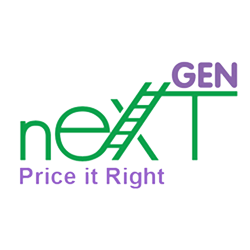Deprecated: Function get_magic_quotes_gpc() is deprecated in /home3/alan/public_html/wp-includes/formatting.php on line 4411
NextGen currently tracks the pricing on over 4,000 children’s brands in order to keep its suggested resale prices in tune with the children’s retail prices. This involves the timely identification and valuation of brands—new, old, rising, fading, fallen; and distinguishing the many labels continually introduced to appeal to different markets. It’s a demanding task in normal times, and especially now as the rate of brand/price change is as high as we’ve seen.
Why?
The significant change we’re seeing in children’s pricing, specifically the growth in the boutique brands at the top, and discount brands at the bottom, reflects the broader shift in income distribution. To quote Schwartz in his recent New York Times article (2/2/14) entitled The Middle Class Is Steadily Eroding. Just Ask the Business World.
“As politicians and pundits in Washington continue to spar over whether economic inequality is in fact deepening, in corporate America there really is no debate at all. The post-recession reality is that the customer base for businesses that appeal to the middle class is shrinking as the top tier pulls even further away.
The top 5 percent of earners accounted for almost 40 percent of personal consumption expenditures in 2012, up from 27 percent in 1992. Largely driven by this increase, consumption among the top 20 percent grew to more than 60 percent over the same period.”
John Graubard’s graphic observation in the same article sums it up “In a few years the consumer choice will be Neiman Marcus or WalMart.”

